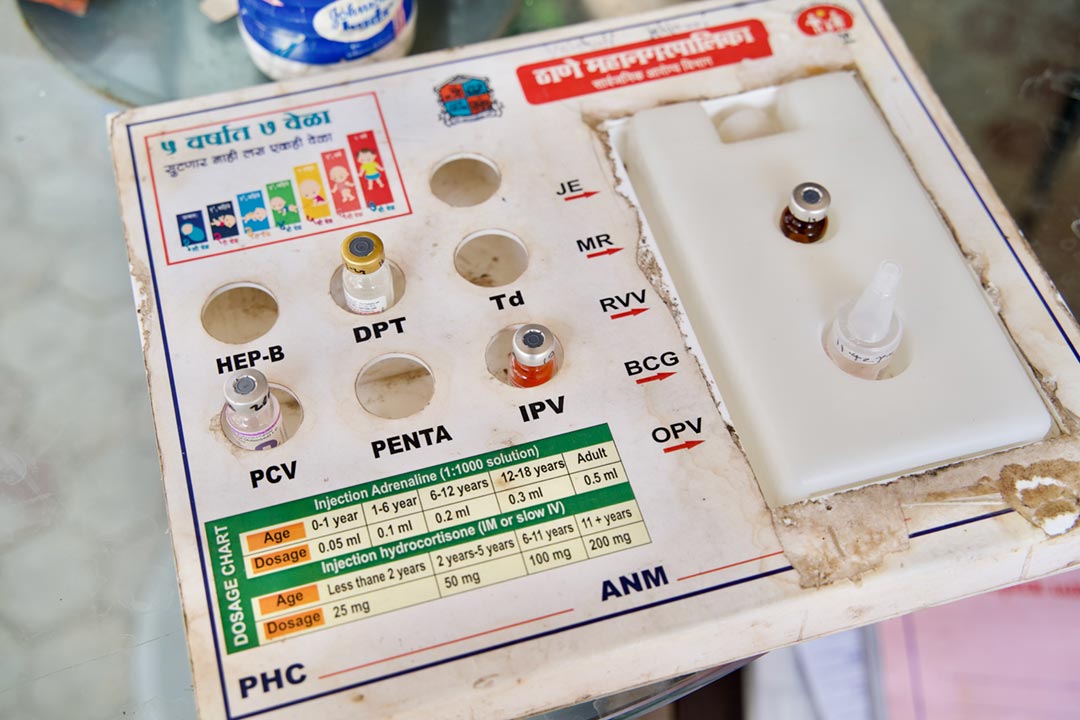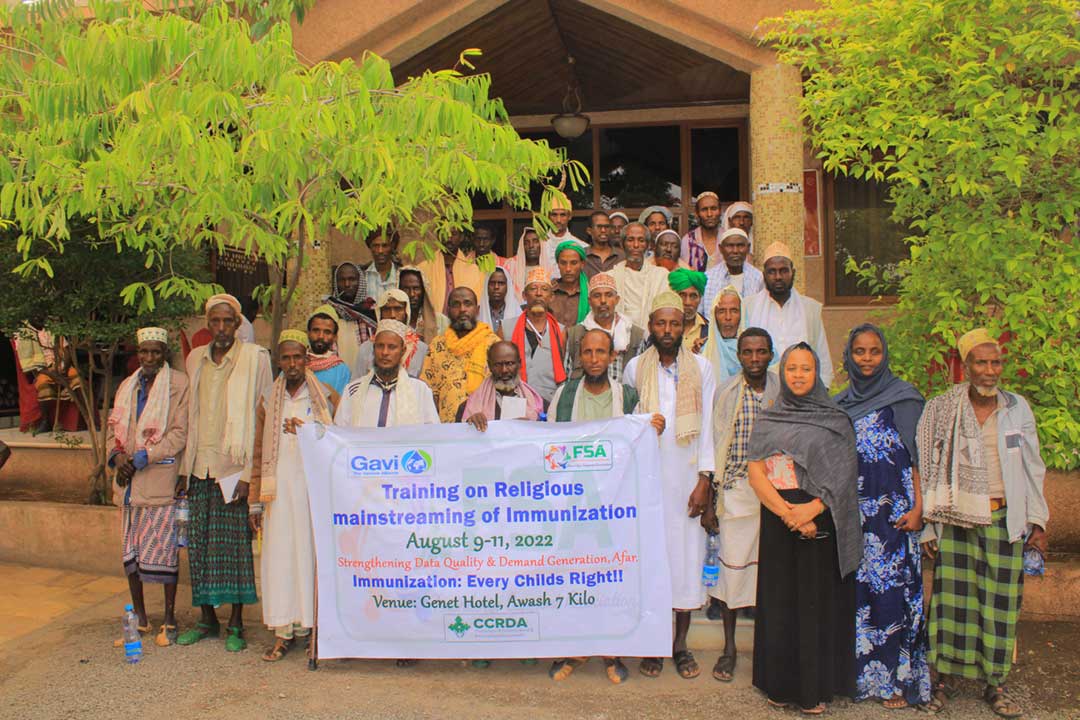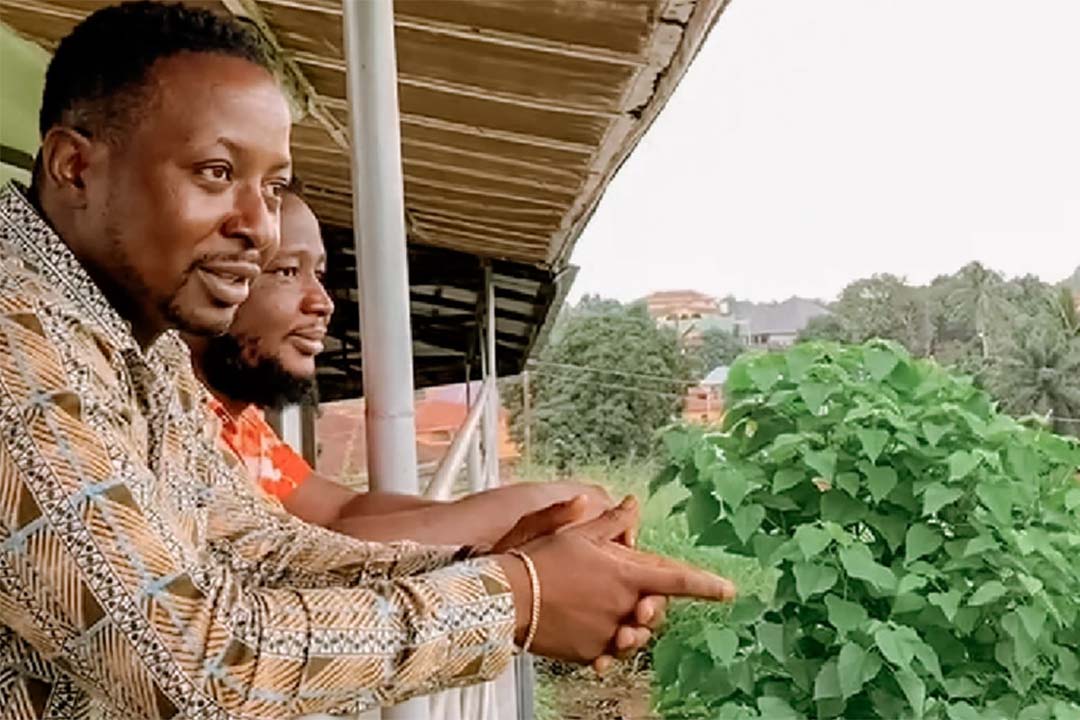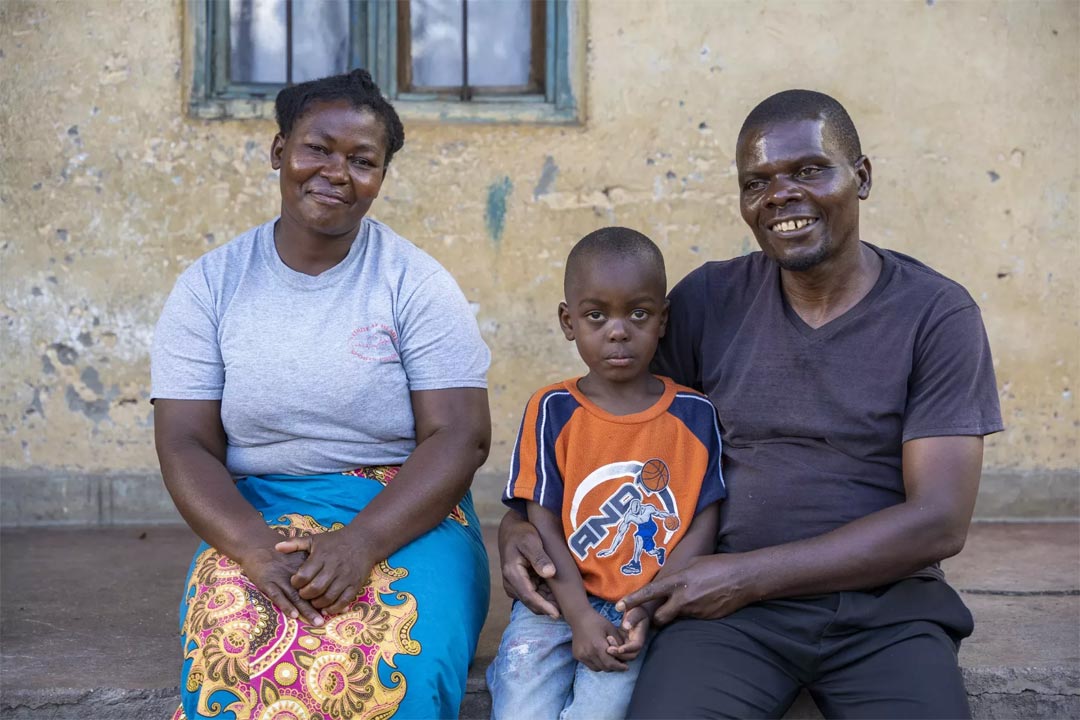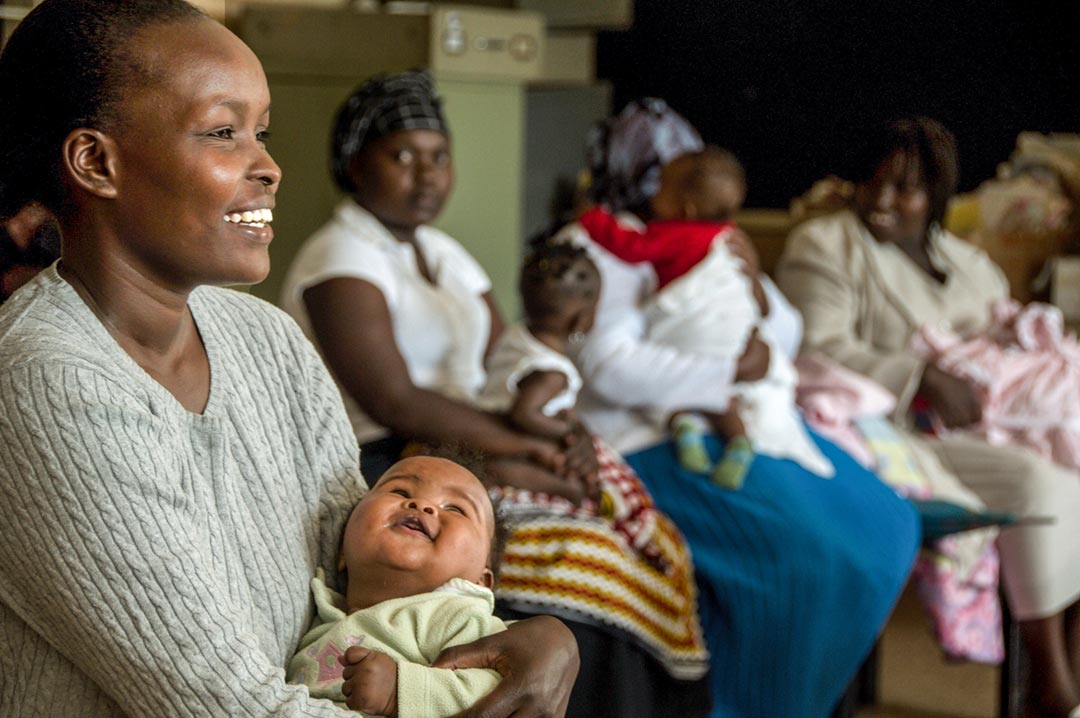Millions to benefit from Indian-made cervical cancer vaccine
A new human papillomavirus (HPV) vaccine has been launched by the Serum Institute of India, offering a low-cost alternative to vaccines on the market.
- 12 October 2022
- 3 min read
- by Raihana Maqbool

The Serum Institute of India (SII), in partnership with the Department of Biotechnology, New Delhi, announced the launch of its ‘home-made’ cervical cancer vaccine, CERAVANAC qHPV, last month.
Announced by Indian Union Minister Jitendra Singh, the development is seen as a breakthrough, enhancing the accessibility of the vital HPV vaccine to the poorest people.
“This is absolutely tremendous news for the girls and women of India as it will be cheap and the population can afford it. If the vaccine is included in the national immunisation programme, it can be a lifesaver.”
Vaccine manufacturing will start by the end of 2022 and will be available at a price of INR 200 (US$ 2.44) to INR 400 (US$ 4.88) per dose. With cases of cervical cancer growing in the country, the Indian government is also planning an immunisation programme for the vaccine.
“India has come up with its first indigenously-developed vaccine against cervical cancer. It is a cancer that is prevalent among women in younger age groups and this is a virus that contributes to about 84% of cancers to a lesser or greater extent. So, coming out with a vaccine is a giant step in the area of preventive care,” Singh said at a recent briefing.
WHO estimates show that India bears a fifth of the globe’s cervical cancer burden, with 123,000 new cases of cervical cancer and 67,000 fatalities per year. Human papillomavirus remains the biggest cause of cervical cancer.
“This is absolutely tremendous news for the girls and women of India as it will be cheap and the population can afford it. If the vaccine is included in the national immunisation programme, it can be a lifesaver,” says Vasundra Patel, a Delhi school teacher.
Have you read?
Adar Poonawalla, the chief executive officer of SII, says that the vaccine will be available in the market by the end of this year.
“When the government of India inducts it into their national programme in a few months’ time, the vaccine will be launched and I can assure everyone that it is going to be very affordable. It is going to be substantially lower [in price] than what is available today from manufacturers across the globe,” Poonawalla explains.
“First it will be extended to citizens of India and later the vaccine will go global. We have made it for all women around the world. It is very important for the women’s health and safety.”
Poonawalla says that they will produce around 200 million doses in about two years, adding: “First it will be extended to citizens of India and later the vaccine will go global. We have made it for all women around the world. It is very important for the women’s health and safety.”
The vaccine will be given in a two-dose schedule for girls in the age group of 9 to 14 years and a three-dose schedule for girls and women in the age group of 15 to 26 years.
Dr Ravi Mehrotra, who teaches epidemiology at Rollins School of Public Health, Emory University, Atlanta, explains that vaccine development was hit by the pandemic.
“The Serum Institute of India has been working on the HPV vaccine, which was to be released about two years ago, but because of COVID-19 all the attention went to COVID-19 vaccine manufacturing. The physical trials were held in ten centres across India. About 80% of the virus strains will be covered by this vaccine,” Mehrotra says.
More from Raihana Maqbool
Recommended for you

